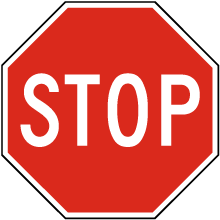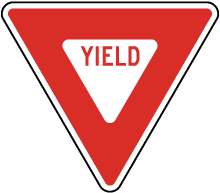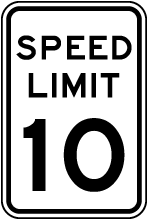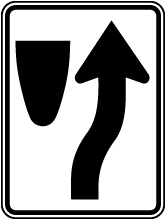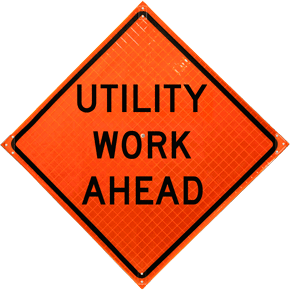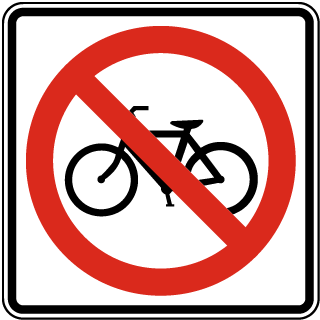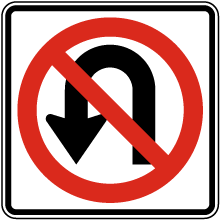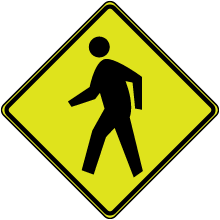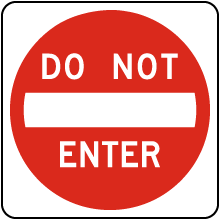Traffic Signs and What They Mean
9 Traffic Signs and What They Mean
Sign, sign, everywhere a sign! You see traffic signs all over the road as you commute, but do you know what they all mean. If not, don't worry, driver's ed was probably a long time ago. Regardless, it's always a good idea to brush up on your knowledge of traffic signs & their meanings. Remember, signs are there to help inform drivers of changes in driving conditions, and when followed, allow them to make more informed decisions. So, the more that you know about traffic signs, the safer you'll be on the road!
Here are 9 common traffic signs and what they mean:
1. Stop Signs
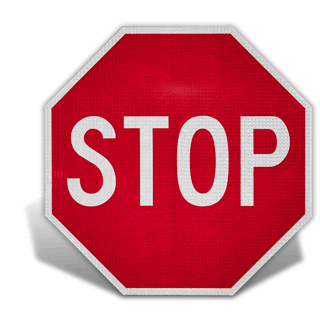
Stop signs are designated MUTCD R1-1 and are the most easily recognizable of all traffic signs. Consisting of 8 sides, a red background, and the word “STOP” in big, bold, white letters, stop signs are universally recognizable.
There are no other signs that are made in an octagon shape, which is a clever design trick to make sure that drivers are immediately aware of stop sign at first glance. This is because of how critical stop signs are to controlling the flow of traffic and maintaining safe roadways.
Stop signs do more than just tell a driver when and where to stop. They also alert drivers to intersections, crossing areas, and more. For settings where traffic needs to be temporarily stopped/slowed, such as a construction zone, Stop-Slow Signs and Paddles can be utilized.
2. Yield Signs
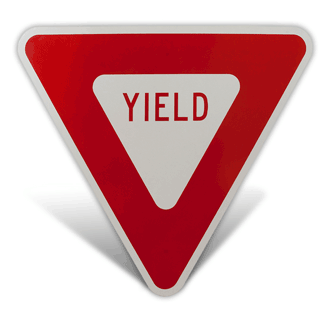
Yield signs are designated MUTCD R1-2 and are among the few traffic signs that utilize a red background. Yield signs are used in similar situations as stop signs and serve a similar purpose. The main difference being that instead of alerting a driver to stop, yield signs alert drivers that they must let other road users go first.
While yield signs are commonly found on their own, the yield symbol is commonly found on other signs, such as in-street crosswalk signs, yield proceed slowly signs and more.
3. Speed Limit Signs
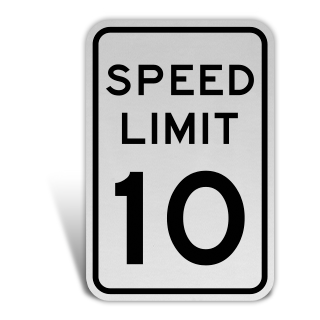
Speed limit signs are among the most critical traffic control signs in regards to keeping roadways safe for drivers and pedestrians. Speed limits will vary depending on the specific state that you’re driving through, as well as the particular city or county that you’re in. There are some particular types of roadways that will have their own speed limits, regardless of whether or not a speed limit sign is posted.
For example, most residential areas have a speed limit of 25 miles per hour. Highways are another type of roadway that don’t always have clearly marked speed limits. Unless otherwise posted, most highways and interstates have a speed limit of 55 miles per hour. There are several different
4. Keep Right Signs
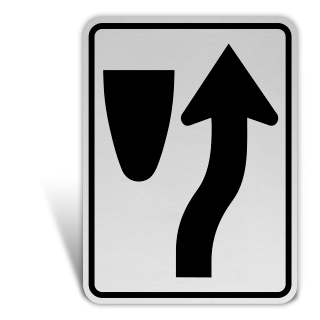
Keep right signs, or MUTCD R4-7 signs, alert drivers that there is an upcoming change in the path of the roadway. This change can be due to a number of things, including road obstructions, dividers, medians, and more.
There are also keep left signs, designated as MUTCD R4-8, which let drivers know to keep to the left. Together, these traffic signs help to keep drivers safe by safely guiding traffic around road obstacles or through potentially confusing roadways.
5. Utility Work Ahead Signs
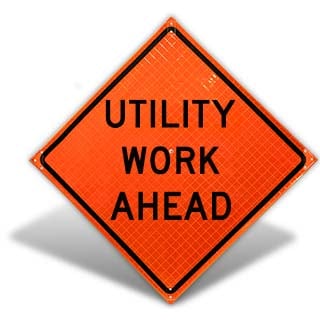
Utility work ahead signs are a very common road work sign and are designated MUTCD W21-7. Utility work ahead signs are used as a warning for drivers that they are entering an area in which utility or construction work is taking place. The roll-up version of this sign (pictured here) is commonly used due to its versatility, ease of use, and durability.
Because safe driving is especially critical in a road work area, especially when workers are present, utility work ahead signs are often used alongside other road work signs, including men at work signs , road work ahead signs, and other construction signs.
6. No Bicycle Signs
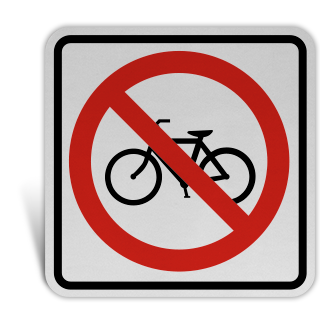
Just like drivers operating an automobile, bike riders are subject to several traffic control signs while riding on the roadway.
No bicycle signs, designated as MUTCD R5-6, should be posted at the entrances of roadways or areas in which bicycle traffic is prohibited.
There are several other bicycle related signs including bicycle wrong way signs (MUTCD R5-1b) and cycle parking only signs.
7. No U-Turn Signs
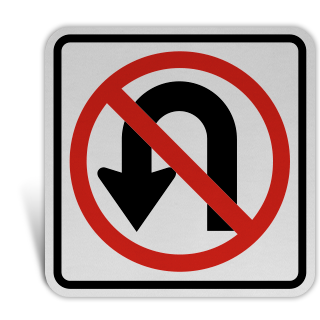
The no U-turn sign has several variations, but the official MUTCD version (designated MUTCD R3-4) is the example that you can see here.
The no U-turn sign utilizes a very simple design and is easy to understand by almost anyone. Consisting of a curved black arrow denoting a U-turn with a red prohibition symbol on top of it, this sign lets drivers know that they’re in an area in which they cannot perform a U-turn.
8. Pedestrian Crossing Signs
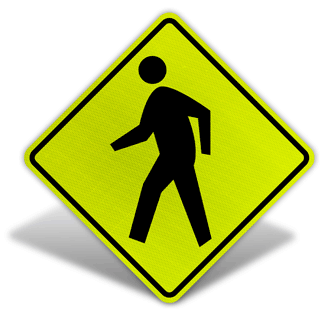
There are a few MUTCD versions of pedestrian crossing signs that are posted near crosswalks and intersections. MUTCD W11-2 is used in a majority of settings and is pictured here
Some other commonly used pedestrian crossing signs include stop for pedestrians in-street signs (MUTCD R1-6a), stop pedestrian crosswalk signs, and more pedestrian crossing signs.
9. Do Not Enter Signs
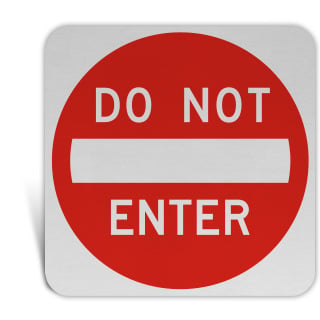
Do not enter signs are used in places where traffic is prohibited from entering a restricted roadway, and are placed at the point where a road user could wrongly enter a one-way road or highway. According to MUTCD guidelines, do not enter signs should be posted on the right side of the roadway, facing the traffic that could wrongly enter a roadway.
Do not enter signs are critical for reducing collisions and keeping roadways safe for all road users.
Along with the standard sign pictured here, there are several commonly used do not enter signs including wrong way signs, stop do not enter signs, and more.
Now that you’re more familiar with the most common traffic signs and what each of them means, you’re well on your way to becoming a safer driver. Still have some questions, or want to learn more about traffic signs and the MUTCD? Visit the Federal Highway Administration website. for more information.
TrafficSign.com does not recommend or specify the use of a specific safety sign because it does not have knowledge of the hazard(s) our customers are identifying. It is the customer’s sole responsibility to identify the hazard(s) that may be present and select one or more signs (stock or custom) that accurately identify their specific hazard(s) and complies with any applicable federal, state or local laws or regulations, any worksite specific rules or regulations and/or any applicable safety standards (including, without limitation, MUTCD standards). TrafficSign.com disclaims any and all liability (excluding liability for our Product Warranty contained in our Terms and Conditions) for any sign selected by a customer and shall not be responsible for any personal injury or property damage resulting from the use of signs purchased from it or for the independent interpretation made of any applicable federal, state or local laws or regulations, any worksite specific rules or regulations, and/or any applicable safety standards (including, without limitation, MUTCD standards). Customer shall identify and hold TrafficSign.com and its corporate parent and its officers, directors, and affiliates harmless from and against any and all claims, loss, or expense (including attorneys’ fees) arising from or related to the purchase and use by customer or any third party of any sign purchased by customer from TrafficSign.com

